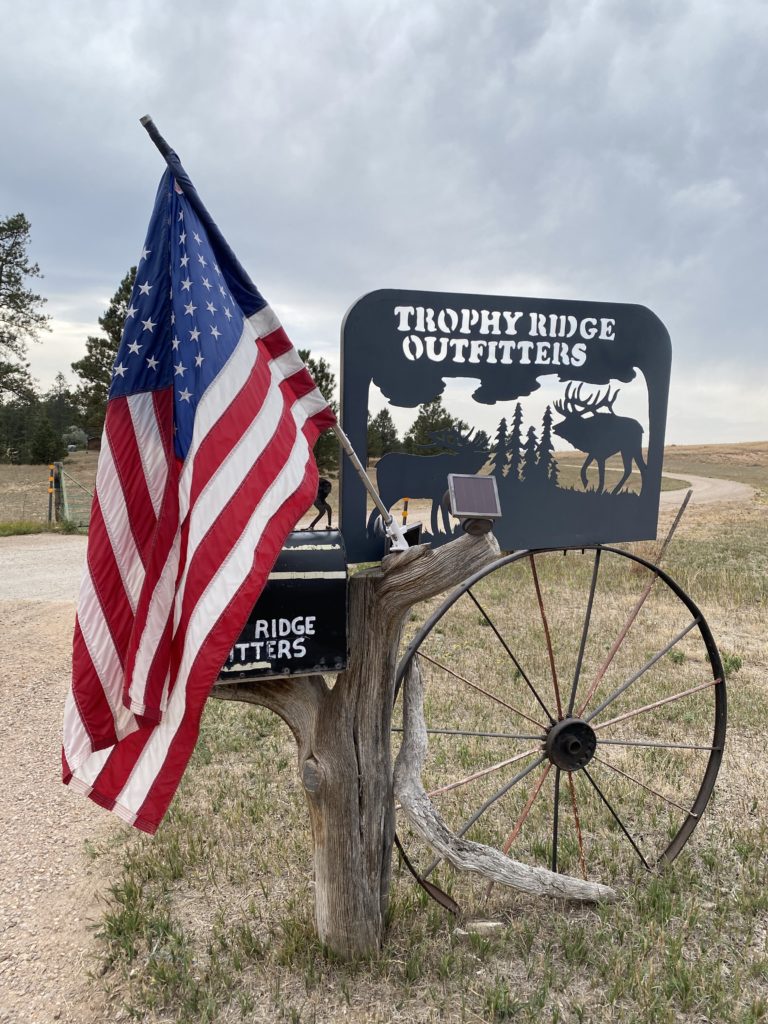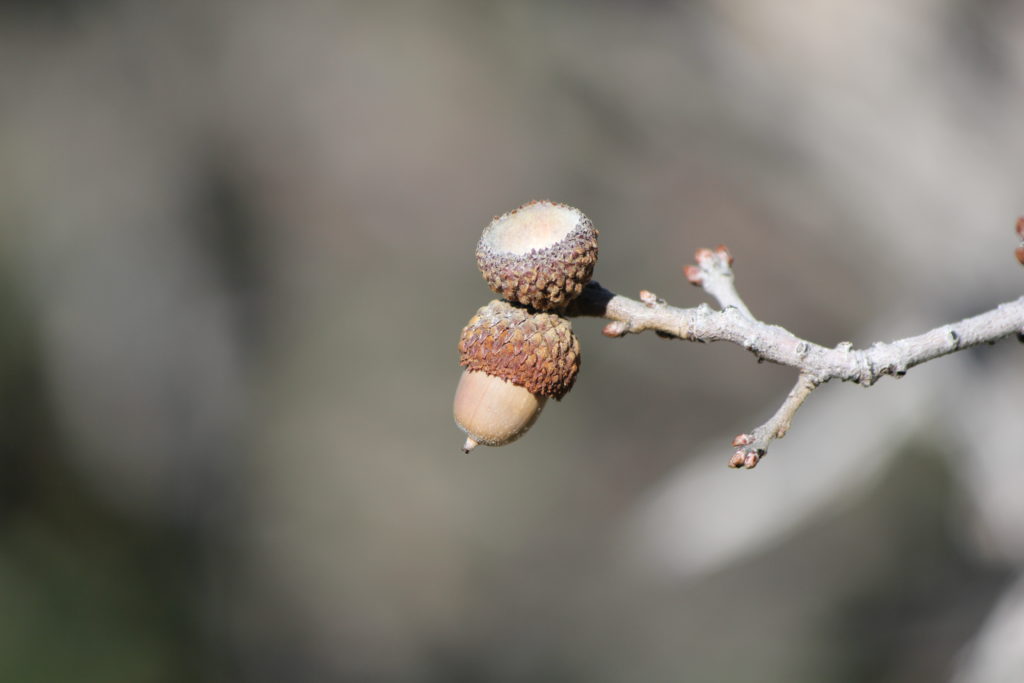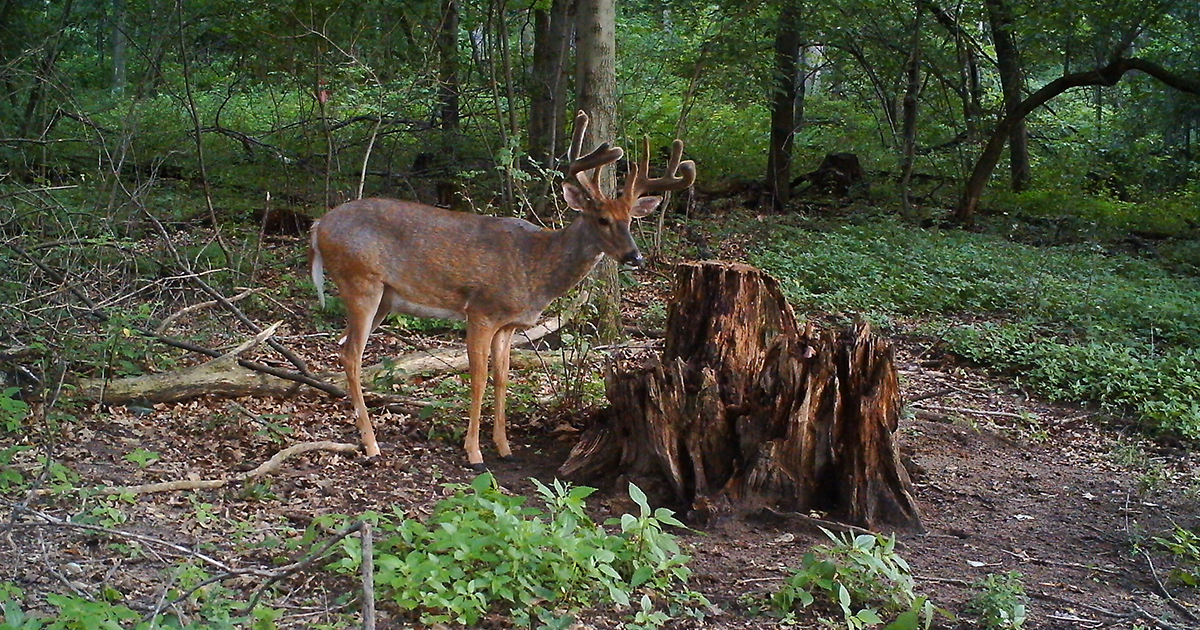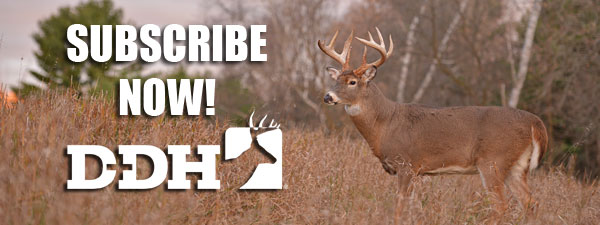In a 1948 speech to the House of Commons, British Prime Minister Winston Churchill paraphrased Spanish philosopher George Santayana when he famously said, “Those who fail to learn from history are condemned to repeat it.”
As a student of history, you think I’d remember Churchill’s famous words during deer season. In September 2020, this lesson was brought home to me as I was schooled on two bowhunts for western whitetails.
The first occurred the second week of the month. It was an outfitted combination pronghorn/whitetail hunt in western South Dakota just north of Spearfish. I shot a very nice pronghorn buck on day two, but then had just three days to deer hunt. The outfitter placed me in a ground blind on the edge of a small alfalfa field where he had arrowed a nice buck a few days earlier for his TV show and said there were two more shooters coming regularly. So far, so good.
But then, the farmer cut the alfalfa. And as I saw during my three days, the bucks were rubbing their velvet rapidly. As soon as it was gone, the larger bucks disappeared. The last afternoon, frustrated, I decided to do a little scouting, and found the trails they were using to access the field, and where they were bedding, and where they were now heading. But it was too late. I didn’t have enough time to make an adjustment before the outfitter packed up camp.

A week later found me in camp with Ralph Dampman and Trophy Ridge Outfitters near Carlile, Wyoming, not 50 miles west of where I had been hunting in South Dakota. I have hunted with Ralph many times before, and know how solid his operation is. Deer & Deer Hunting Editor Dan Schmidt was also in camp, along with cameramen David Gilane and Ian Sanchez. On this hunt we concentrated our efforts on huge alfalfa fields that were loaded – as in a hundred, or more — with deer morning and evening. Dan shot a dandy buck on camera early on, but after four days I had yet to connect. The DDH crew departed, so on day five, after watching the deer behavior evolve, head guide Eric Dunn came up with a new plan, with which I heartily agreed.
“The acorns are starting to drop, and I think we should try a stand I have set way back up in the hills in the middle of a huge stand of oaks,” Eric said. “It’s about a half mile off the agriculture, and the bucks like to slide up there early in the morning and bed where the acorns are falling.”
Bingo. When the velvet is gone and the acorns start dropping, you can bet the farm that there will be deer leaving the ag fields heading for the oaks. Those bucks you had been seeing all summer are moving – and so should you. At 0745, a nice 9-point came up the hill, and, when he put his nose right on a scent wick I’d freshened with Wildlife Research Center Golden Estrus (yes, it can work even outside the rut), I raised my TenPoint crossbow, and just like that, my tag was punched.

Transitions
In most areas of the country, bucks begin shedding velvet and start rubbing trees the last week of August. And while warm late summer weather makes it seem like peak breeding season is far down the road, in truth velvet shedding is really the first stage of the rut. As soon as antlers harden, testosterone levels start building, and bucks begin those familiar ritual behaviors commonly associated with the rut.
We all know that bucks are highly protective of their velvet-clad antlers, but as soon as the velvet is gone, or nearly so, they start rubbing. Research has shown that mature bucks are the first to begin rubbing, and even the largest bucks make early rubs on small saplings. The season’s first tentative scrapes will also appear at this time.
Late-summer bachelor buck groups like to find a preferred food source, and live close by in perfect harmony, like college frat boys. But soon antlers harden, velvet is shed, and, while some post-velvet bucks remain the best of friends, others head off on their own, moving their core area away from the competition. That’s what happened to me in South Dakota. Once the velvet was gone, the two mature bucks I’d seen four days earlier never came back.

Then, when the acorns start to fall, all bets are off. Some deer will of course continue to hit the agriculture, but many – including older bucks that require maximum calories and protein as they ready themselves for the rigors of the rut – head for the oak motts. Hunting them along field edges now is generally a low-percentage game.
All this can happen rapidly. Research has shown that a buck’s antlers can go from being completely covered in velvet to being completely stripped in anywhere from one to three days, give or take a little on both ends.
What Do You Do?
Those of you lucky enough to have a property you can hunt whenever you like can play the game differently than a traveling vagabond hunter like myself. I’ve always said there are two really good times to consistently kill big whitetails – the post-rut, very late season, where bitter cold weather forces bucks to home in on high-calorie food sources, and the very early season, when bucks are still in velvet, running in bachelor groups outside the thick cover and their movements are more predictable. Don’t get me wrong, I love hunting the various phases of the rut, when older bucks can appear out of nowhere and run around with blinders on. But that usually creates a catch-as-catch-can hunting scenario where you have to put massive hours on stand hoping one will run by. During the post-rut late season, if you have access to the most and best high-calorie foods around, you can be sure every deer in the neighborhood will make a regular appearance.
The same is true when bucks are in velvet, before they rub and transition off of open-country agriculture and food plots and head for the thicker cover and oak motts. This is when they can again be patterned, and if you set a stand on the edge of a hot food source loaded with fresh sign, or near a bedding thicket near the mast crops, you’ll be in business. Guaranteed.

But there’s a caveat, which was driven home to me in 2020. When the velvet is stripped and the acorns are falling, you need to make a move. Now. Not tomorrow. Don’t keep beating the dead horse and sitting those agriculture/food plot stands hoping he’ll come back. He won’t. He will be off by himself, just like his former best friends, looking to vacuum up hard mast like acorns. Soft mast crops can also come into play, with persimmons, crabapples, apples, pears, plums, and even dogwood, when available, getting pounded as soon as it is ripe.

A key is knowing where the mast crops will be dropping before they begin. That means scouting well ahead of the season. Are you a spring turkey hunter? Keep an eye out for oaks and soft mast crop trees during your spring outings. Are there old rubs nearby? Old scrapes? Deer trails? Old droppings? Mark maps so you can find them quickly later. Are there bedding thickets nearby? Look for four key features – bedding thicket, mast crops, water, and agriculture – within close proximity. When you think in terms of the transition period, a plan should be coming together. As in, I am hunting velvet bucks down near the ag, but when the velvet is rubbed off, I need to immediately check here, here, and here for fresh sign.
The transition. It can be difficult to give up a spot where you’re still seeing a lot of deer and hoping that those good bucks will make one more appearance. Moving to the mast crops and hunting them when they first hit them will get you in position before they ever suspect something’s up. And isn’t that the name of the game?
SEVR Broadheads

The past couple of seasons I have bowhunted everything from wild hogs to bugling bull elk with SEVR broadheads, with devastating results and not one failure. These unique mechanical broadheads really do fly like my field points, and it is actually possible to easily practice with the same broadhead you’ll be hunting with – a feature I really, really like. You can’t buy SEVR broadheads anyplace except their website, www.sevrbroadheads.com, where they are sold individually for $13.99 apiece (the AP 1.7 is $11.99). Each head comes individually packaged and includes the practice set screw, a couple of extra O rings, and a red broadhead wrench/wedge tool that will make it easy to snug deployed blades back into the ferrule. They come in several 100- and 125-grain versions, as well as the 150-grain Robusto designed specifically for crossbow hunters. You can also buy them one at a time, making it inexpensive to give them a try.


